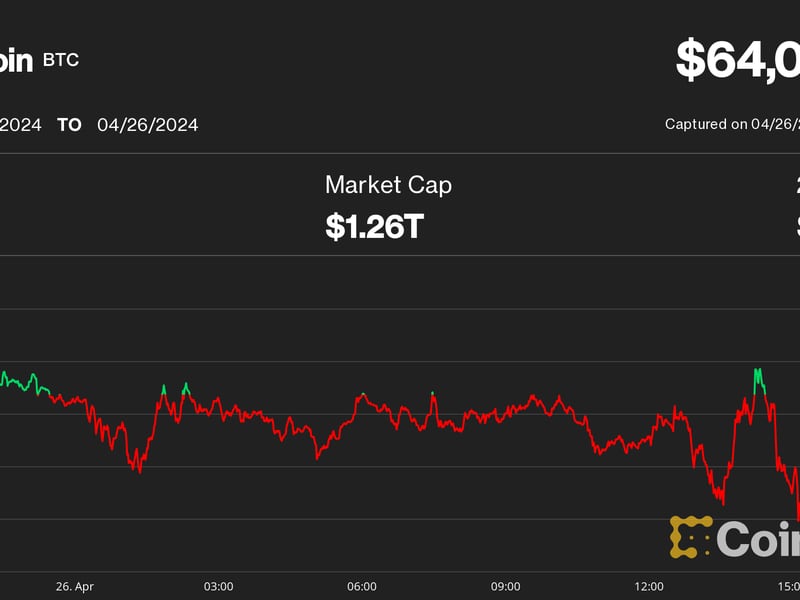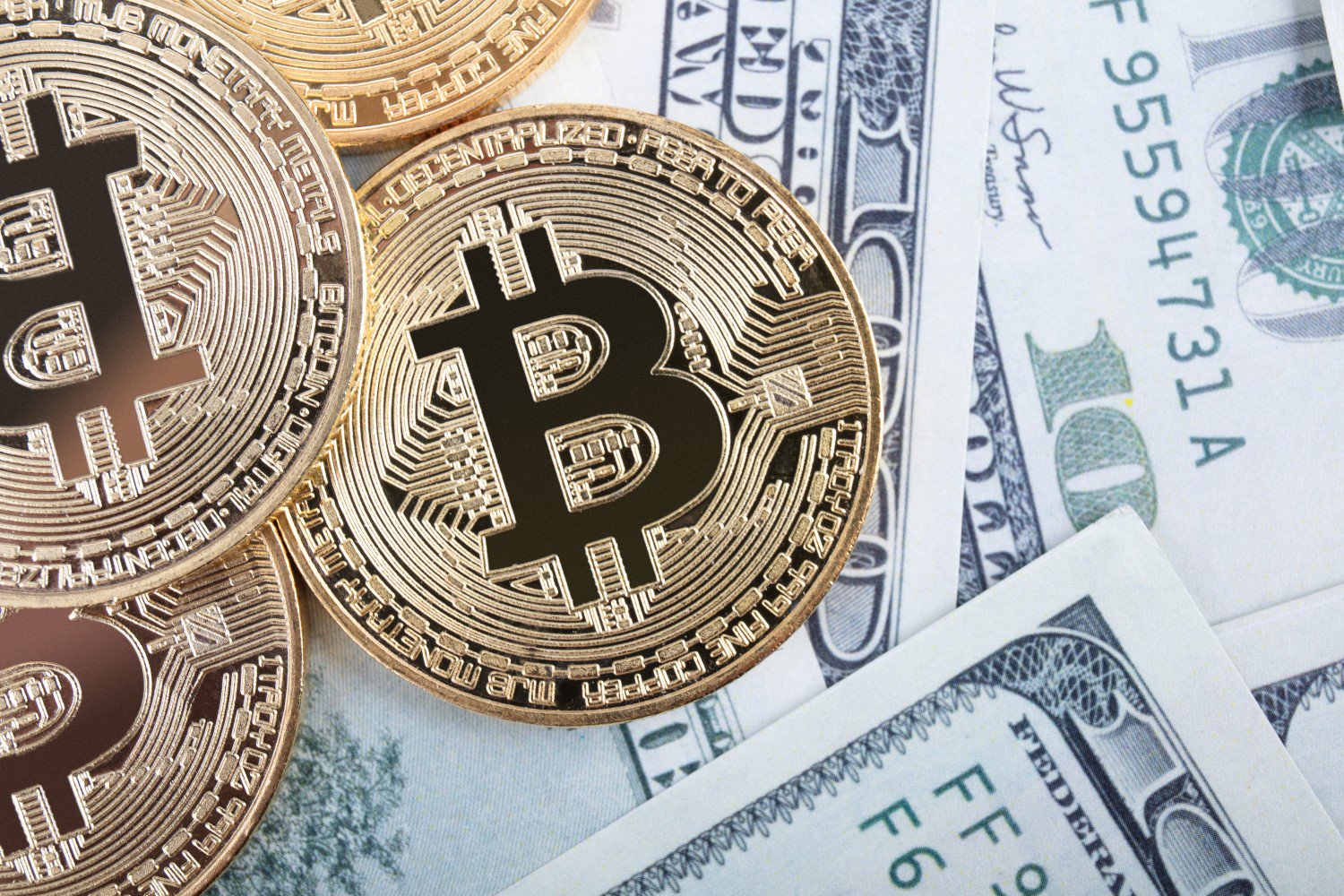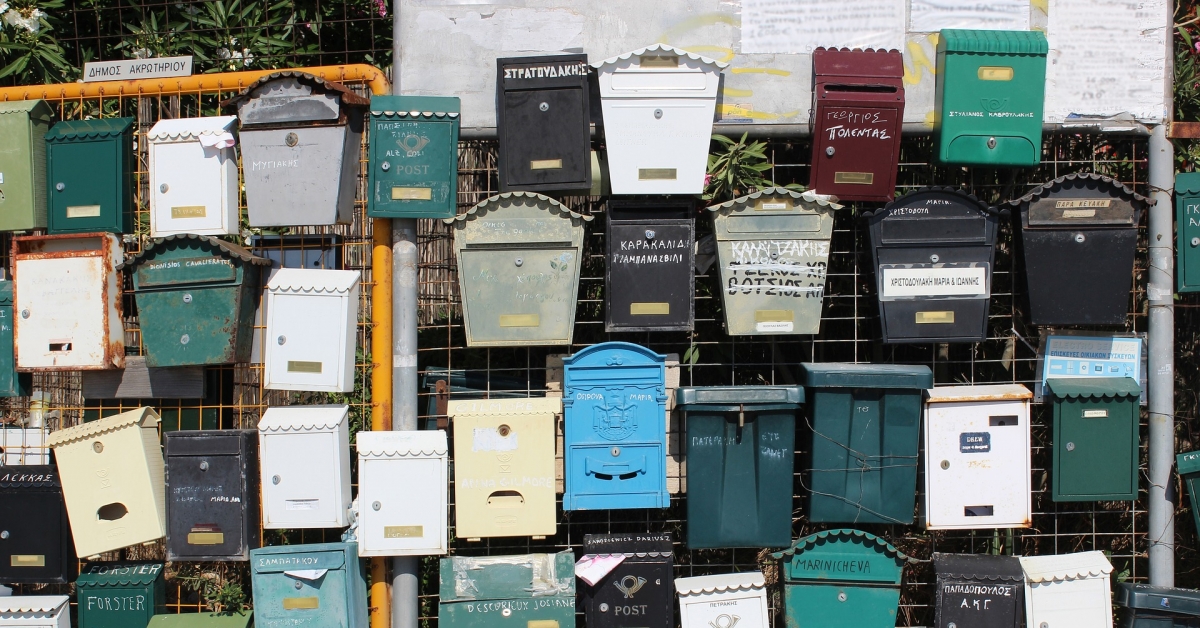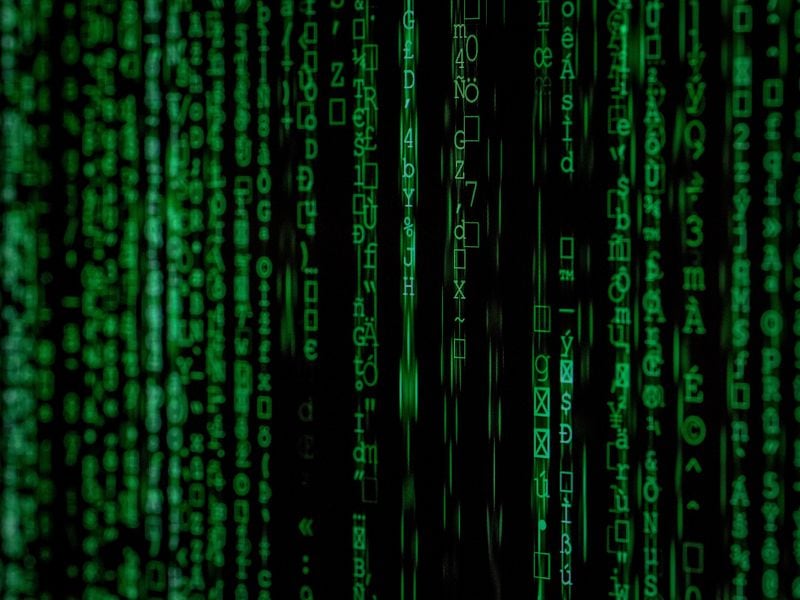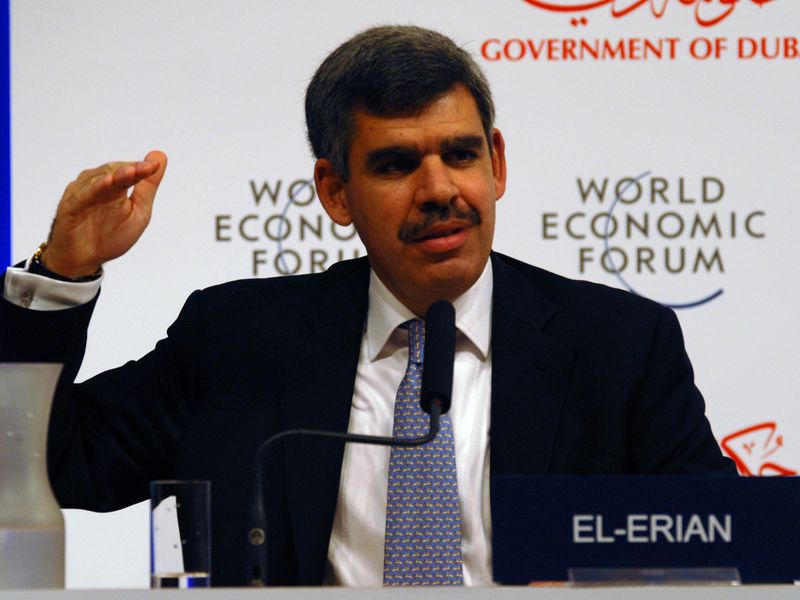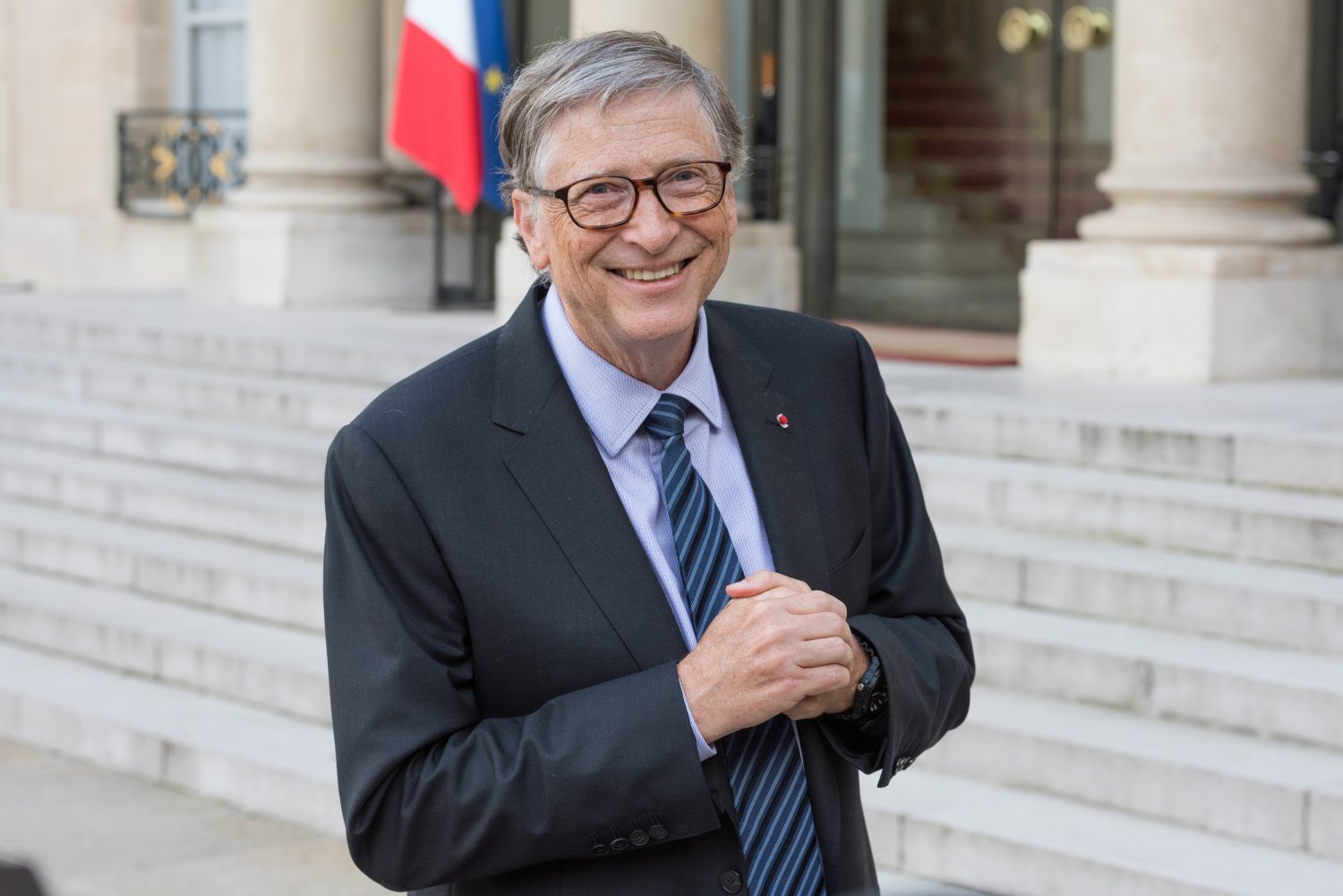Ethereum’s Shanghai Is Nearing, but When Can I Withdraw My Staked ETH?
Join the most important conversation in crypto and Web3 taking place in Austin, Texas, April 26-28.
:format(jpg)/www.coindesk.com/resizer/Kjea5zGf89qzyacI8fZ49yhnaks=/arc-photo-coindesk/arc2-prod/public/S7SPGELTNBFITA3UBCS2CMRBQM.png)
Margaux Nijkerk reports on blockchain protocols with a focus on the Ethereum ecosystem. A graduate of Johns Hopkins and Emory universities, she has a masters in International Affairs & Economics. She holds a very small amount of ETH and other altcoins.
Join the most important conversation in crypto and Web3 taking place in Austin, Texas, April 26-28.
The Ethereum blockchain’s Shanghai upgrade, or more accurately known as “Shapella,” is only two weeks away, so stakers may start to wonder how soon after the upgrade they can access their rewards.
But depending on how one stakes their ether (ETH), they might not be able to withdraw those rewards immediately.
On Ethereum, there are different ways to stake your ETH – directly as a validator or via a staking service.
Before participating in the block validation process, validators agreed to lock up 32 ETH (currently worth about $58,000) into the Beacon Chain.
But not everyone has 32 ETH lying around, so staking services or decentralized staking pools sprung up, allowing users to stake any amount they liked into that service or pool, and that service or protocol would then pool it together with other stakers’ ETH and lock it into the chain.
Shapella will automatically unlock the ETH rewards for validators.
But in the case of service providers or staking pools, it will be up to them to determine when to release the rewards.
If you are a solo staker or run your own validator:
There are two ways in which you can access staked ETH withdrawals: partial withdrawals and full withdrawals.
Partial withdrawals are the excess profits one has after 32 ETH (or earned rewards). These rewards can be withdrawn immediately, and your validators will continue to add blocks to the Beacon Chain.
If you are running your own validator, you must migrate your validator to include a 0x01 withdrawal credential. If you don’t install that withdrawal credential, partial withdrawals won’t happen automatically.
Even though partial withdrawals will be accessible immediately, getting those rewards will also depend on how many withdrawal requests need to be processed. Only 16 partial withdrawal requests can be put into a single slot (which happens every 12 seconds). Depending on how many requests will occur once Shanghai is live, the queue could take hours.
Full withdrawals, on the other hand, are when you remove the entire balance, including the 32 ETH, from the blockchain. This means that your validator will stop participating in the block validation process. Full withdrawals won’t happen automatically because the validator needs to send a message to the blockchain to add itself to the exit queue. This takes time and will be released gradually.
If you are with a decentralized pool or staking service:
Those who have their ETH staked with a staking service or with a decentralized pool need to check with their providers on what the timeline is for staked ETH withdrawals.
Coinbase, which runs a staking service, said earlier this month it will process withdrawal requests about 24 hours after Shapella is complete. “All unstaking requests are processed on-chain, and we’ll pass the unstaked funds and staking rewards to you once released by the Ethereum protocol,” Coinbase said in a tweet.
Lido, the largest liquid staking protocol, shared that its users who hold stETH won’t be able to retrieve their ETH until the protocol goes through an upgrade in mid-May. The reason for the timeline Lido gave is so the protocol can go through the proper security checks.
Rocketpool, another decentralized staking protocol, has not confirmed yet when it will allow users to unstake their ETH.
So if you are hoping to cash in on any rewards from your staked ETH, make sure to check with your providers when that will happen because it may not occur on April 12. And if you are running your own validator, make sure to install the correct withdrawal credentials.
DISCLOSURE
Please note that our
privacy policy,
terms of use,
cookies,
and
do not sell my personal information
has been updated
.
The leader in news and information on cryptocurrency, digital assets and the future of money, CoinDesk is a media outlet that strives for the highest journalistic standards and abides by a
strict set of editorial policies.
CoinDesk is an independent operating subsidiary of
Digital Currency Group,
which invests in
cryptocurrencies
and blockchain
startups.
As part of their compensation, certain CoinDesk employees, including editorial employees, may receive exposure to DCG equity in the form of
stock appreciation rights,
which vest over a multi-year period. CoinDesk journalists are not allowed to purchase stock outright in DCG
.
:format(jpg)/www.coindesk.com/resizer/Kjea5zGf89qzyacI8fZ49yhnaks=/arc-photo-coindesk/arc2-prod/public/S7SPGELTNBFITA3UBCS2CMRBQM.png)
Margaux Nijkerk reports on blockchain protocols with a focus on the Ethereum ecosystem. A graduate of Johns Hopkins and Emory universities, she has a masters in International Affairs & Economics. She holds a very small amount of ETH and other altcoins.
Learn more about Consensus 2023, CoinDesk’s longest-running and most influential event that brings together all sides of crypto, blockchain and Web3. Head to consensus.coindesk.com to register and buy your pass now.
:format(jpg)/www.coindesk.com/resizer/Kjea5zGf89qzyacI8fZ49yhnaks=/arc-photo-coindesk/arc2-prod/public/S7SPGELTNBFITA3UBCS2CMRBQM.png)
Margaux Nijkerk reports on blockchain protocols with a focus on the Ethereum ecosystem. A graduate of Johns Hopkins and Emory universities, she has a masters in International Affairs & Economics. She holds a very small amount of ETH and other altcoins.

